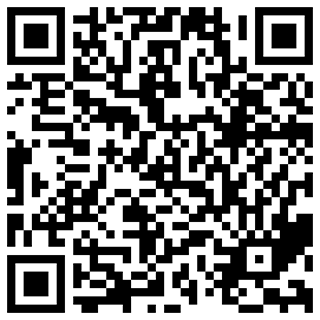Salicylic Acid Prices to Decline in Germany Amid Weakened Consumer Sentiments
- 18-Jan-2024 4:25 PM
- Journalist: Shiba Teramoto
Anticipated for January 2023, the prices of Salicylic Acid are expected to depreciate in the German market, defying to the previous trend. One of the primary reasons for this shift is the weakened consumer sentiments in both domestic and international markets. Salicylic Acid, derived from willow bark or synthesized chemically, finds extensive use in various industries such as pharmaceuticals, cosmetics, and food among others. The recent decline in demand from these sectors is likely to contribute to the downward trajectory of Salicylic Acid prices.
In the initial days of January, the domestic phenol market, a pivotal raw material, demonstrated stability with minimal variations, thereby impacting the prices of Salicylic Acid. At the beginning of the week, there was ample inventory of phenol, and the supply pressure was limited. Despite traders initiating with higher quotes, the demand was subdued. As a result, factories lowered their listed prices, traders offered discounts for shipments, and downstream sectors adjusted according to demand. The overall trading volume in the phenol market remained moderate, contributing to the subsequent decrease in Salicylic Acid prices.
In China, factory operations and overall activities frequently come to a halt during the Chinese Lunar New Year. Ports and customs typically operate with minimal staff, prioritizing perishable and essential goods. To prevent potential downtime, manufacturers may boost production and augment their stock levels in advance in the weeks leading up to the holidays. This proactive approach might ensure ample availability of Salicylic Acid in the market and could contribute to pushing prices downward. Given that China is a major exporter of APIs (Active pharmaceutical ingredients), including Salicylic Acid, a similar price pattern is likely to be reflected in Germany.
In the Eurozone, the subdued growth in Q4 suggests that the Euro Area enters 2024 in a less advantageous position than a month ago. Companies have expressed diminished satisfaction with their current business situation and heightened scepticism about the outlook for the first half of 2024. Germany, the largest economy in Europe, is currently contending with weakened demand, increased energy costs, and onerous interest rates, factors that may also influence the market dynamics of Salicylic Acid. Inflationary pressures have intensified towards the end of the fourth quarter, with companies reporting the most substantial increase in output prices in seven months, driven by a notable rise in average costs. This cost escalation has the potential to impact consumer confidence, leading to a decline in Salicylic Acid prices.
According to ChemAnalyst analysis, Salicylic Acid prices are expected to increase due to renewed demand from downstream industries. Market participants may prioritize restocking new inventories, potentially maintaining an overall positive market sentiment.



